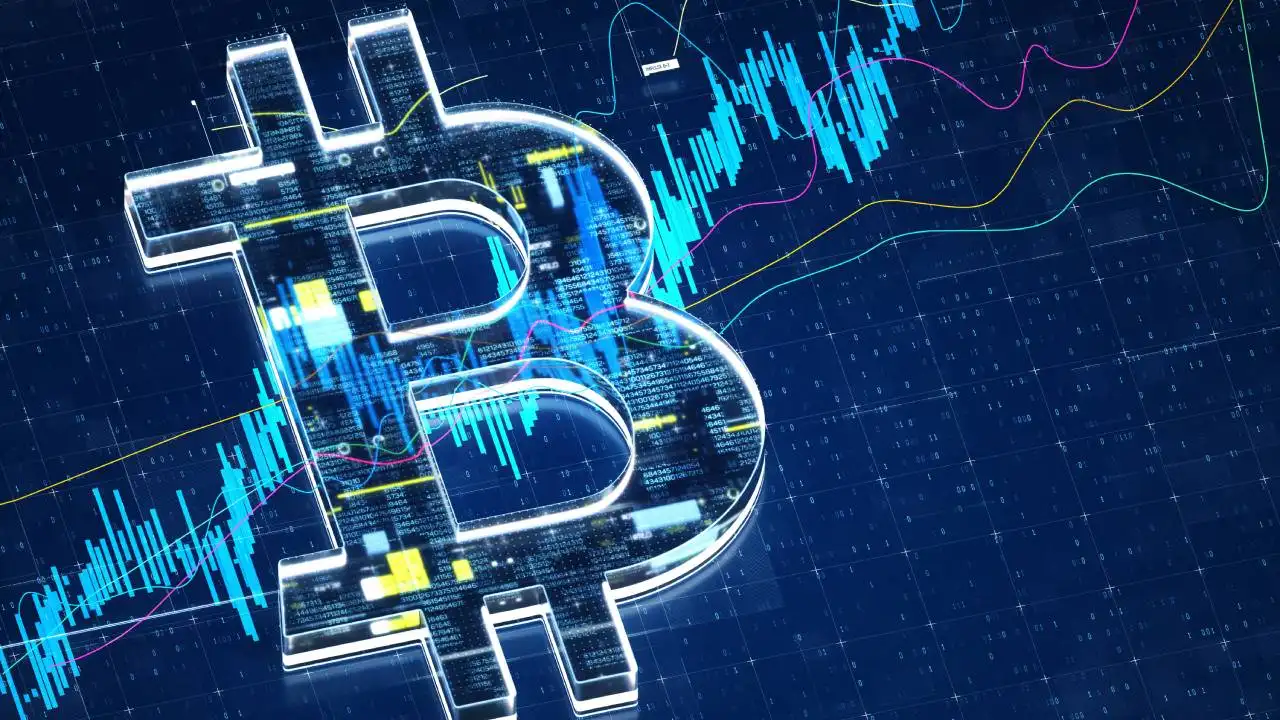This ONE Indicator Will Decide If Bitcoin Will Make New All-Time Highs
Institutional Crypto Research Written by Experts
👇1-12) To most people, Bitcoin price moves appear random, but in the following two to three reports (this is the first one), we want to point out Bitcoin's critical drivers. If we get those right, we should also get Bitcoin’s turning point and direction right. It is no coincidence that Bitcoin was weak in January and stronger into March but consolidated for two months.
👇2-12) Bitcoin reached a critical turning point two weeks ago. Retail flows (as measured by volumes in Korea) have remained weak, indicating that retail does not understand what is happening. They will have FOMO. We are confident that Bitcoin will soon reach new all-time highs, and these two to three reports should help convince our readers that this is indeed the case.
👇3-12) Year-to-date, we have seen $54.6bn of inflows into crypto markets, comprising $25.6bn in stablecoins, $15.5bn of perpetual futures leverage increase, and $13.5bn of Bitcoin Spot ETF inflows. Although this analysis does not capture several minor data points, it shows where most flows came from.
👇4-12) Below, we show when these flows stopped, when they resumed, and why and if those flows will continue. This will be critical in determining Bitcoin’s price direction (up or down).
Bitcoin and various flows (Stablecoins, ETFs, Futures leverage)

👇5-12) Stablecoin inflows have mainly slowed since the Bitcoin halving on April 20. Since the halving, Tether has seen $2.7bn of inflows, while Circle has seen $0.5bn of outflows. As a comparison, Tether has seen $20.1bn of inflows year-to-date.
👇6-12) When the Bitcoin Spot ETFs started trading on January 11, we saw $611m of ETF inflows with a trading volume of $4.6bn on its first day. Despite the issuers having lined up billions of dollars, buying disappointed in January. Some of the disappointment was due to excessive outflows from Grayscale’s GBTC ETF, but the main reason was that inflation had surprised higher on January 11. The CPI came in at 3.4%, higher than the 3.2% expected number and higher than the 3.1% recorded in the previous month.
👇7-12) Bitcoin ETF inflows resumed when inflation slowed the following month (February 13: CPI at 3.1%, down from 3.4%). ETF flows turned positive at the end of January but only started to accelerate slightly ahead of the CPI data release on February 13. But when inflation again increased to 3.2% on March 12, Bitcoin ETF inflows stopped as the market priced out the narrative of 2-3 rate cuts.
Bitcoin changes direction based on CPI higher/lower than the previous month (higher CPI, bearish Bitcoin, lower bullish)

👇8-12) As a result, Bitcoin sold off from 73,000 to 60,000, only to be rescued by a dovish Fed Chair Powell, who still assured the market on March 20 that the Fed expects three rate cuts in 2024. A similar scenario occurred on April 10 when the CPI came in higher (3.5%) than expected (3.4%), and Bitcoin sold off once again to 60,000 with a break to 56,500 on the back of weak Hong Kong ETF flows (April 30).
👇9-12) Once again, the FOMC meeting with Fed Chair Powell on May 1 halted Bitcoin’s downtrend. On May 15, the CPI report came in at 3.4% (lower than the 3.5% in the previous month) but aligned with the expected 3.4%. Bitcoin rallied, and significantly, Bitcoin Spot ETF inflows resumed. Traders who know how Bitcoin reacts to CPI should have confidence in trading in the opposite direction of the CPI change relative to the previous month.
👇10-12) From March 12, when CPI increased to 3.2%, to May 15 (46 days), when CPI printed as the consensus forecasts expected at 3.4%, net ETF buying was just $1bn, while since May 15, we have already seen $1.5bn of inflows (7 days). As the next CPI data release is scheduled for June 12, we expect that Bitcoin ETF inflows will likely remain strong(er) for the next two weeks. This should help lift Bitcoin to new all-time highs.
👇11-12) When consensus expected another higher disappointing inflation print for May 15, our model projected a small decline. When we model inflation for the next two months, we might have inflation hovering around a similar level, with a downward bias soon occurring. If inflation prints 3.3% or lower, Bitcoin should make a new all-time high.
👇12-12) This should continue to provide ‘fuel’ for Bitcoin Spot ETF investors to allocate to Bitcoin and support prices. Based on our models, inflation is no longer a concern. It is not only turning into a medium-strong tailwind but will likely turn into an even more robust tailwind as we move into the end of the summer, as our model predicts a decline in inflation.
Disclaimer: The content of this article solely reflects the author's opinion and does not represent the platform in any capacity. This article is not intended to serve as a reference for making investment decisions.
You may also like
Axie Infinity (AXS) and Enjin (ENJ) Approach Key Resistance Levels: Are Breakouts On The Horizon?

Chainlink (LINK) Builds Momentum Ahead Of Key Breakout: Is A Rally On Horizon?

Analyst Whose 2023 and 2024 Bitcoin (BTC) Predictions Came True Announces His 2025 Price Target!

Bitcoin Price Soars Again: What’s Driving the Rise? What Do Analysts Think?
Bitcoin, the world's largest cryptocurrency, has started an upward movement again today. So what are the reasons for the rise and what are the evaluations?
